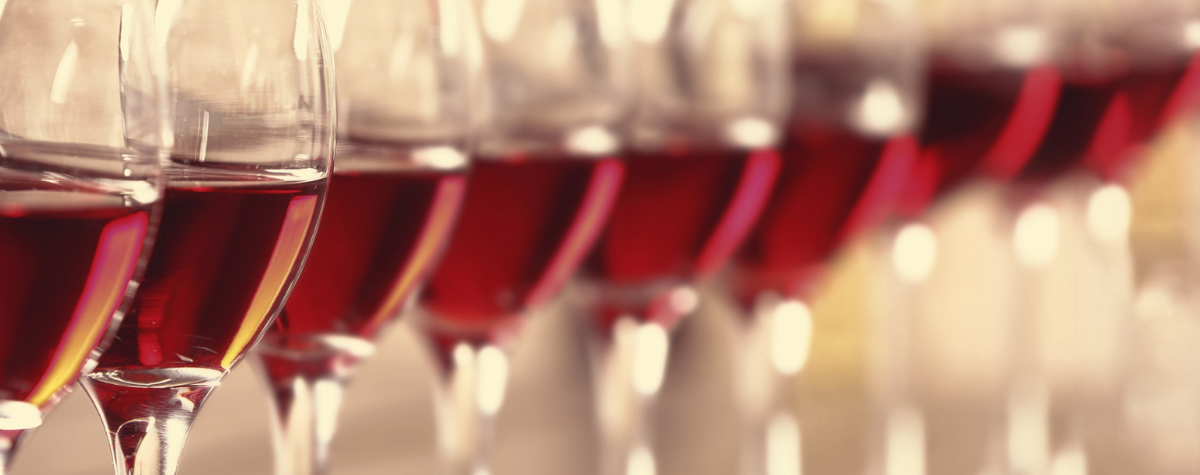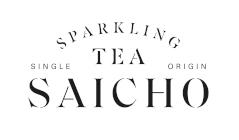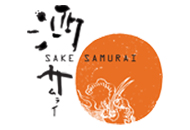What’s the setting for these new research papers?
Climate change. Australian temperatures are predicted to increase by approximately 1.2-2.6°C on average by 2050. So, the Australian wine sector needs to adopt innovative strategies to adapt to these rising temperatures and higher frequency and severity of extreme weather events.
So, why the interest emerging red grape varieties such as Montepulciano, Nero d’Avola and Touriga Nacional?
They are more drought and heat-tolerant than the French reds. Although they aren’t as well known, their flavours and aromas are familiar, and they offer wines with a similar sensory profile.
How was the research carried out?
You can find the full details here. But, basically, an expert sensory panel of eight people sorted 38 commercially available Australian wines (10 Montepulciano, 10 Nero d’Avola and 9 Touriga Nacional) and three each produced from the country’s key varietals, Shiraz, Grenache and Cabernet Sauvignon, for exploration of sensory similarity and quality screening purposes, with three wines removed from the study. A Rate-All-That-Apply (RATA) panel of 36 trained wine tasters then evaluated the wines to produce sensory profiles and collect preliminary liking. From this, a subset of nine wines was selected for consumer trials.
What did the consumers think?
The 116 red wine consumers liked them all. Similarity scores indicated that consumers found the most significant similarity between Shiraz and Montepulciano, and Cabernet Sauvignon and Touriga Nacional wines.
How does this compare to the experts’ views?
The expert and trained tasters also drew similar comparisons between Shiraz and Montepulciano (both of which came from the Barossa Valley), as well as between Grenache and Nero d’Avola wines. But not towards Cabernet Sauvignon and Touriga Nacional wines.
How are the wines similar?
Shiraz was shown to have predominant aromas and flavours of dark and dried fruit, chocolate, caramel, oak and pepper, with higher levels of body and alcohol. Montepulciano yielded similar results, with the addition of savoury, leather and meaty/salami aromas and flavours. This led the researchers to conclude that “Montepulciano, made as a full-bodied red wine reminiscent of Shiraz, is liked by consumers in the present study and perceived as being similar and, therefore, may have the potential to act as a substitute varietal.”
New-World Nero d’Avola and Grenache are also extremely similar in aroma and flavour, according to the experts, both showcasing red fruit, floral and confectionary notes whilst remaining low in body and tannin.
The pairing that split the experts and consumers was Cabernet Sauvignon, which has green, minty, eucalypt, and savoury aromas and flavours, and Touriga Nacional, which showcases more red, dark, and dried fruit, tobacco, leather and sweet oak with greater mouthfeel body and aftertaste.
The lack of herbaceous notes in Touriga Nacional may explain why similarities between Cabernet Sauvignon and Touriga Nacional were not noted by experts. The flavour and mouthfeel profiles of the Touriga Nacional were quite diverse among the samples, yet still showed a weaker correlation towards attributes typical of Cabernet Sauvignon. Therefore, the researchers concluded that Touriga Nacional cannot be identified as a clear substitute varietal for Cabernet Sauvignon, even though the results indicated that consumers can perceive a similarity between the two.
In all the tastings, what came out as the favourite wine?
It was a Touriga Nacional from the Riverland, which had a mean liking score of 6.47 out of 9. The researchers said it was “the most liked wine and was liked significantly more than 17 other wines”.
What’s the conclusion of this study?
The findings support the consumer acceptance and perceived similarities between the sensory profile of Shiraz and Montepulciano and Nero d’Avola and Grenache varietal wines, highlighting the potential for producers to adopt these more drought-resistant varieties as alternatives in a warmer future.
The findings also suggest a potential benefit of importing and cultivating other emerging varieties to sustain the wine industry into the future. But the key finding is that, as global temperatures continue to rise and viniculture becomes more complex, “the adoption of emerging, drought-tolerant varieties may be a key piece in sustaining the Australian wine industry”.
It would be interesting to see how they performed in blends.
Yes. But another recently published study from Australia shows how a red wine – a ‘green and thin’ Cabernet Sauvignon from a warm inland region – could be improved by blending with a high-proline Cab. It was compared to blends with an alternative variety that is low in proline but high in tannin and colour, Lagrein.
What’s the significance of proline?
Proline is an essential amino acid found in many proteins. In red wine, it can improve viscosity, fruit flavour and sweetness.
How did they do this study?
They blended two 2022 Cabernet Sauvignon wines from a warm region – one was deemed ‘flavour deficient’ while the other had high levels of proline. The other blending component was a 2022 Lagrein wine from a cooler region. Lagrein is recognised as a cultivar with strong colour, tannin and flavour, and as a cultivar that will retain natural acidity in hot climates. It is low in proline but rich in polyphenols.
That sounds like a fascinating experiment.
Yes, they took a Cabernet Sauvignon (CAS-1) from the warm Riverland region with a relatively low proline concentration (3g/L) that was destined for the bulk wine market and blended it with a proportion of a higher proline wine (CAS-2, 4.8g/L proline concentration) from the same region, and compared this wine to blends with the alternative variety Lagrein from the cooler Limestone Coast region (LGR, proline concentration 2.1g/L). By blending the Cabs (which had no oak treatment) with each other and up to 30% Lagrein (which had spent two weeks in oak), this gave them a total of 14 dry red blends to present to 126 regular red wine drinkers.
These consumers were recruited from the Deakin University CASS Food Research Centre (School of Exercise and Nutrition Sciences) database.
The blending and bottling of 14 wines in duplicate took place at the Hickinbotham Roseworthy Wine Science Laboratory at the University of Adelaide’s Waite campus.
What was the outcome?
Increasing the proportion of proline-rich wine in a blend increased the perceived fruit flavour, sweetness and viscosity while decreasing bitterness and astringency – giving a more positive consumer acceptance.
The lowest liking score was for the low-proline 100% Lagrein varietal (Blend 1, mean score 5.1), with the 100% CAS-1 wine (Blend 14) also not well accepted (mean score 5.5), confirming the categorisation of this wine as ‘flavour deficient’.
Increasing the proportion of proline-rich CAS-2 in the CAS-1 wine resulted in a largely linear response, with progressively greater liking, indicating that the proline of CAS-2 may have had an effect. Blending up to 30% LGR, with its high colour, flavour and tannin components, also resulted in increased liking of the blended wine.
The most liked blend overall, Blend 3 (85% CAS-2 and 15% LGR), had only a slightly higher liking score (mean score of 6.4) than the 100% CAS-2 (Blend 4, mean score of 6.3). Importantly, of wines which contained a substantial proportion of ‘flavour deficient’ CAS-1, Blend 11 (71.3% CAS-1, 21.3% CAS-2, 7.5% LGR) scored highly, with a mean liking score of 6.2.
Considering the response curves more specifically, wines with the favoured high dark berries aroma and flavour were those with low or no CAS-1 in the blend and with an increasing proportion of LGR up to 30%, declining thereafter.
Comparing the two most liked wines, the top wine, Blend 3, was higher in opacity, purple hue, dark berries aroma and flavour than Blend 4 (100% CAS-2) and was lower in vegetal aroma. Blend 11, with a high proportion of CAS-1, was lower in vegetal and leather aromas than other blends with high CAS-1 proportions, indicating the importance of these attributes among consumers.
Interestingly, the chemical measures explained 82.8% of the sensory data variance. The appearance attributes ‘opacity and purple hue’ are associated with titratable acidity and tannin. The negative aroma attributes ‘leather and vegetal’ are associated with the sulphur compounds methane thiol (MeSH), 2-furfurylmethanethiol (2FMT), phenylmethanethiol (PMT), 3-sulfanylhexan-1-ol (3SH), 3-sulfanylhexyl acetate (3SHA), and 2-methoxy-3-(2-methylpropyl)pyrazine (IBMP). IBMP is known to confer ‘green’ flavour to Cabernet Sauvignon wines and was highest in Blend 14 (6ng/L, 100% CAS-1).
The in-mouth attributes found to be positively related to consumer acceptance were sweetness, viscosity, dark berries flavour, and red berries flavour. Proline was significantly and positively related to both sweetness and viscosity and significantly negatively associated with astringency and bitterness.
However, the physical viscosity values for the wine blends were all around 1.57 (± 0.1) cP and did not show any statistical significance by ANOVA (P = 0.470). “One possible explanation,” according to the researchers, “could be that lowered wine pH reduces saliva viscosity through organising salivary protein micelles, and high tannin cross-linkage might precipitate salivary protein. Consequently, the viscosity-reduced saliva-wine mixture could be perceived as low in viscosity, which is irrelevant to the physically measured viscosity of the wine itself.”
Proline was also positively associated with dark berries aroma and flavour (β = 0.033, 0.054), together with β-damascenone and hydrogen sulfide (H2S) and was most strongly negatively related to IBMP (β = –0.152, –0.190), 4-ethylphenol (4-EP) (β = –0.171, –0.256) and guaiacol (β = –0.088, –0.130).
What was the conclusion of this study?
- Adding a component with elevated proline would have a strong positive effect on consumer liking of a ‘flavour deficient’ red wine by enhancing sweetness and viscosity and diminishing undesirable bitterness and astringency.
- Blending with a high-proline wine has a stronger effect on consumer preference than that of a high colour, tannin and flavour component.

 English
English French
French







.png)


